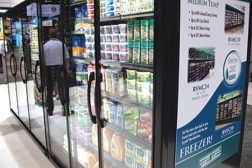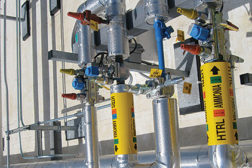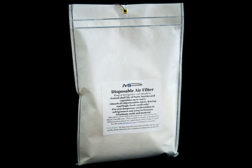Home » Refrigerated display cases
Articles Tagged with ''Refrigerated display cases''
Aug. 26, 2014: Rebate Service Help Supermarkets Recoup Energy-Efficiency Incentives
‘Supermarkets May Be Leaving a Lot of Money on the Table’
August 26, 2014
Aug. 19, 2014: Emerson to Address EPA Proposed Rule Banning HFCs in Some Refrigeration Applications
Company Says Rule Would Have Significant Impact on Equipment Used for Retail Food Refrigeration
August 19, 2014
July 18, 2014: EPA Proposes to Prohibit HFCs in Some Refrigeration Applications
Proposal Includes Retail Food Refrigeration and Vending Machines
July 18, 2014
Copyright ©2024. All Rights Reserved BNP Media.
Design, CMS, Hosting & Web Development :: ePublishing





